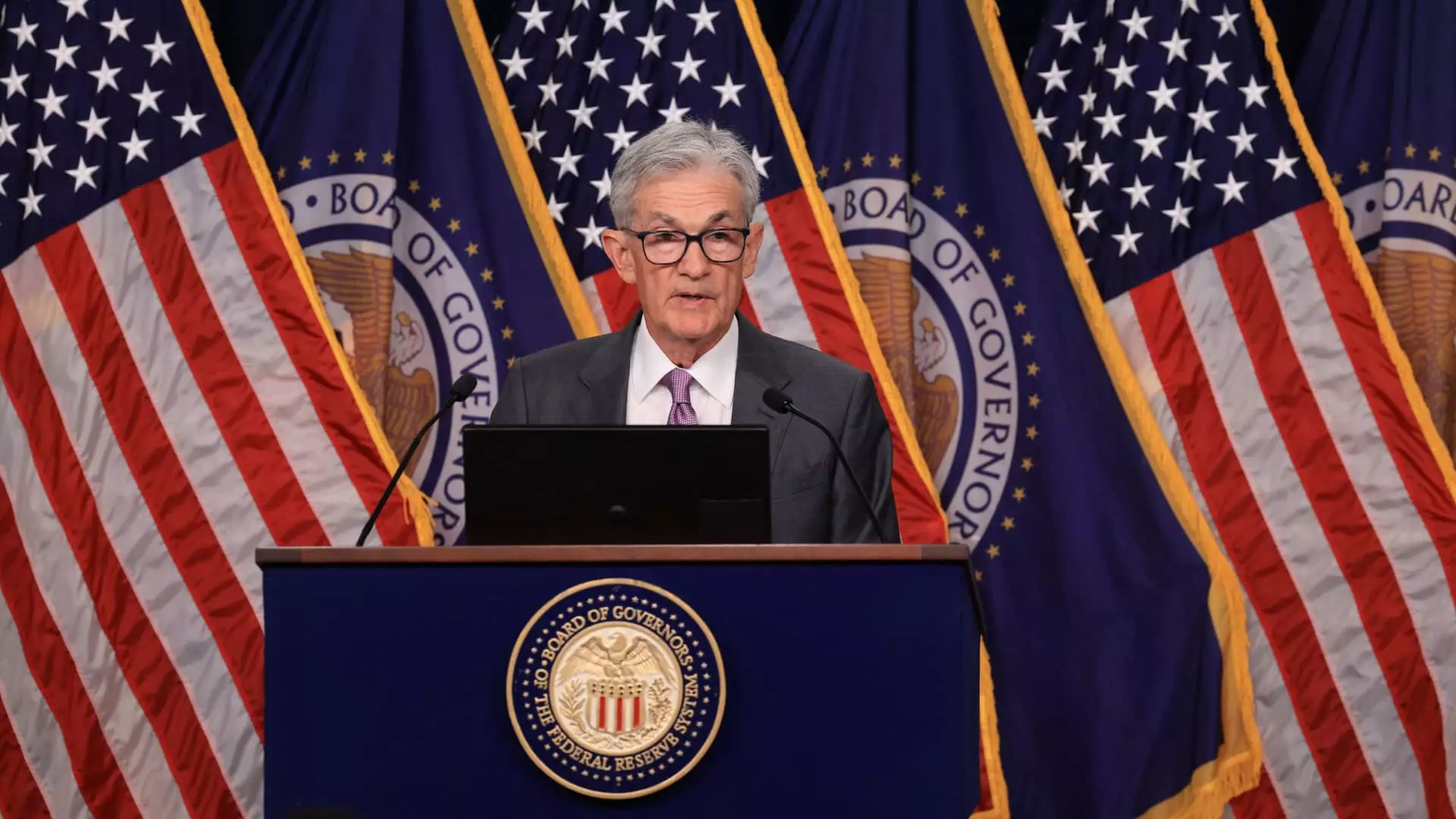The Federal Reserve has recently indicated a cautious approach toward interest rates, signaling potential cuts that could reshape the economic landscape leading up to 2024. With two pivotal policy meetings scheduled—as of the writing of this article—on November 6-7 and December 17-18, stakeholders are keenly observing the Fed’s trajectory. The dot plot, a critical tool used by the Federal Open Market Committee (FOMC), suggests that a consensus among its members anticipates a benchmark federal funds rate of 4.4% by year’s end, translating to a target range of 4.25% to 4.5%.
Looking beyond 2024, the Fed’s projections become even more intriguing. The central bank estimates that by 2025, interest rates may drop further to 3.4%, reflecting ongoing adjustments in the economic environment. By 2026, experts forecast the rate might reach an even lower 2.9%. These projections suggest a clear intention on the part of the Fed to steer the economy towards more accommodative monetary policy, aiming to foster growth amid fluctuating inflation rates and employment levels. Federal Reserve Chairman Jerome Powell has emphasized that such adjustments will not happen overnight. His remarks during a recent press conference highlighted the gradual nature of these changes, indicating that the committee is more focused on sustainability than speed.
In tandem with interest rate adjustments, the Federal Reserve’s mandate encompasses vigilance over various economic indicators. Recently, the Fed has lifted its projection for the unemployment rate to 4.4%—a noticeable increase from the previous 4% estimate made in June. This shift illustrates the challenges the labor market faces amid a changing economic condition. Contrarily, inflation projections were revised downward; the Fed now expects inflation to stabilize around 2.3%, down from 2.6%. Core inflation, fundamental to understanding underlying price changes, has been similarly adjusted to 2.6%. These revised figures suggest that while inflation is being contained, the labor market may require careful monitoring in the face of potential slower growth.
The adjustments made to the Fed’s economic outlook reflect a thoughtful and strategic approach rather than impulsive reactions to short-term market fluctuations. As Chairman Powell articulated, there is a commitment to ensure that both inflation and employment objectives are met without causing undue economic strain. This balanced method implies that the Federal Reserve is ready to exercise patience and allow data-driven assessments to inform their decisions.
The Federal Reserve’s anticipated adjustments to interest rates signal a complex interplay of factors shaping the economy over the next few years. While the prospect of rate cuts may provide immediate relief, the careful navigation between inflation management and employment stabilization underscores the importance of strategic economic planning. As the Fed appears poised to make measured adjustments, observing the forthcoming meetings will provide critical insights into the evolution of its monetary policy and broader economic implications.

